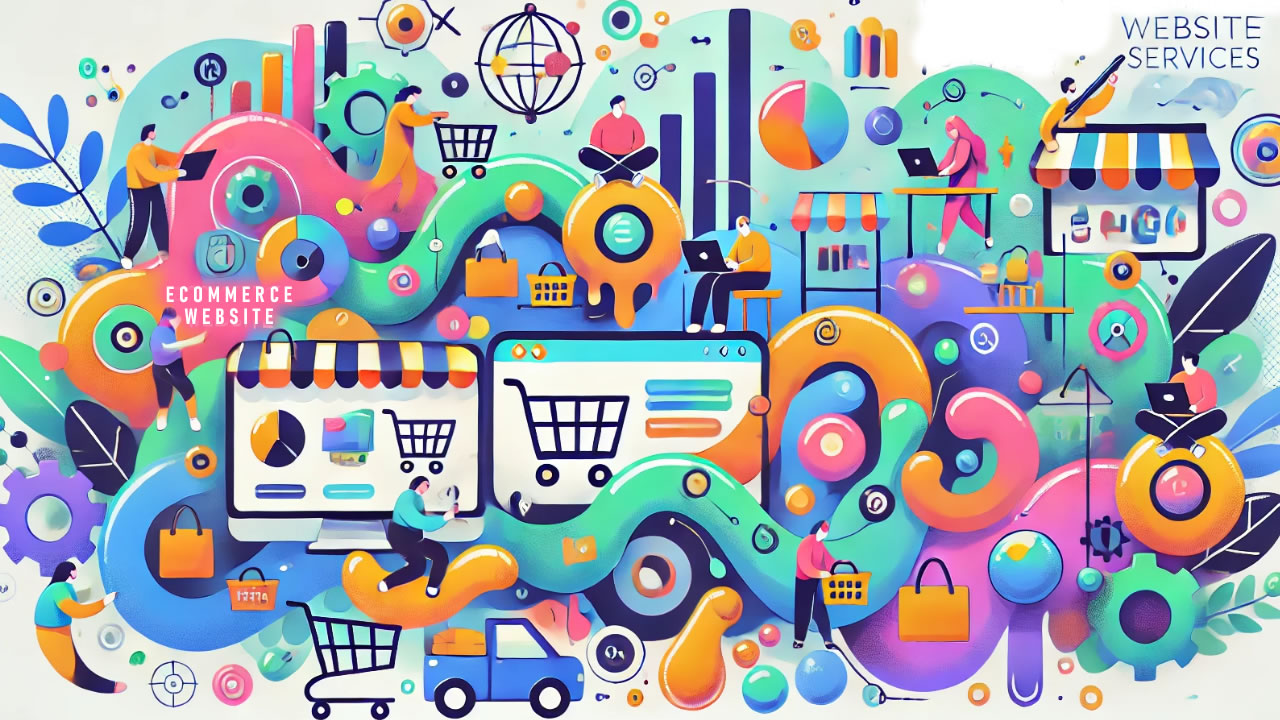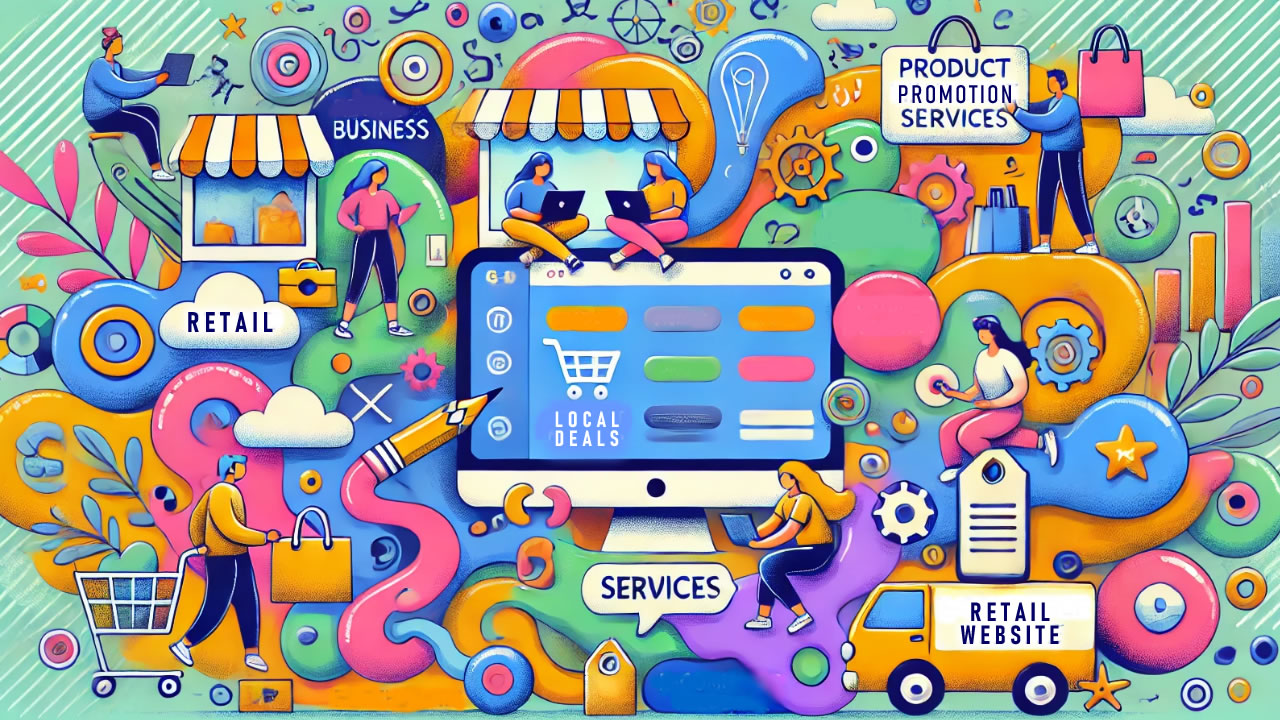In today’s digital landscape, eCommerce has become a dominant force in retail. Whether you’re a small business owner looking to expand online or an entrepreneur launching your first store, setting up an eCommerce website is one of the best ways to grow your brand and increase revenue. However, just having an online store isn’t enough. To stand out in a crowded market, your eCommerce website must be designed with intention, be user-friendly, and optimized for both search engines and conversions.
In this guide, we’ll break down the most important features of an eCommerce website, strategies for increasing revenue, and actionable tips for growing your online store. Whether you’re just getting started or looking to scale your business, you’ll find valuable insights to help you achieve your goals.
Why eCommerce Matters More Than Ever
eCommerce has grown rapidly over the past few years, especially since the COVID-19 pandemic, which forced many businesses to shift online. Global eCommerce sales are expected to surpass $7.3 trillion by 2025, according to Statista. This shows the potential for businesses of all sizes to generate substantial revenue by selling online.
- Expand your market reach: You’re no longer confined to a geographical location. An online store allows you to sell products to customers around the world.
- Operate 24/7: Unlike physical stores, eCommerce websites can generate revenue around the clock, with minimal human intervention.
- Reduce overhead costs: You don’t need to rent expensive retail space or hire a large staff to run your business. A well-designed website can automate many processes.
- Provide actionable insights: eCommerce platforms provide analytics on user behavior, which helps you make data-driven decisions to grow your business.
But just having an online presence isn’t enough—you need a website that’s built for performance, usability, and growth. Let’s dive into the essential features your eCommerce site must have.
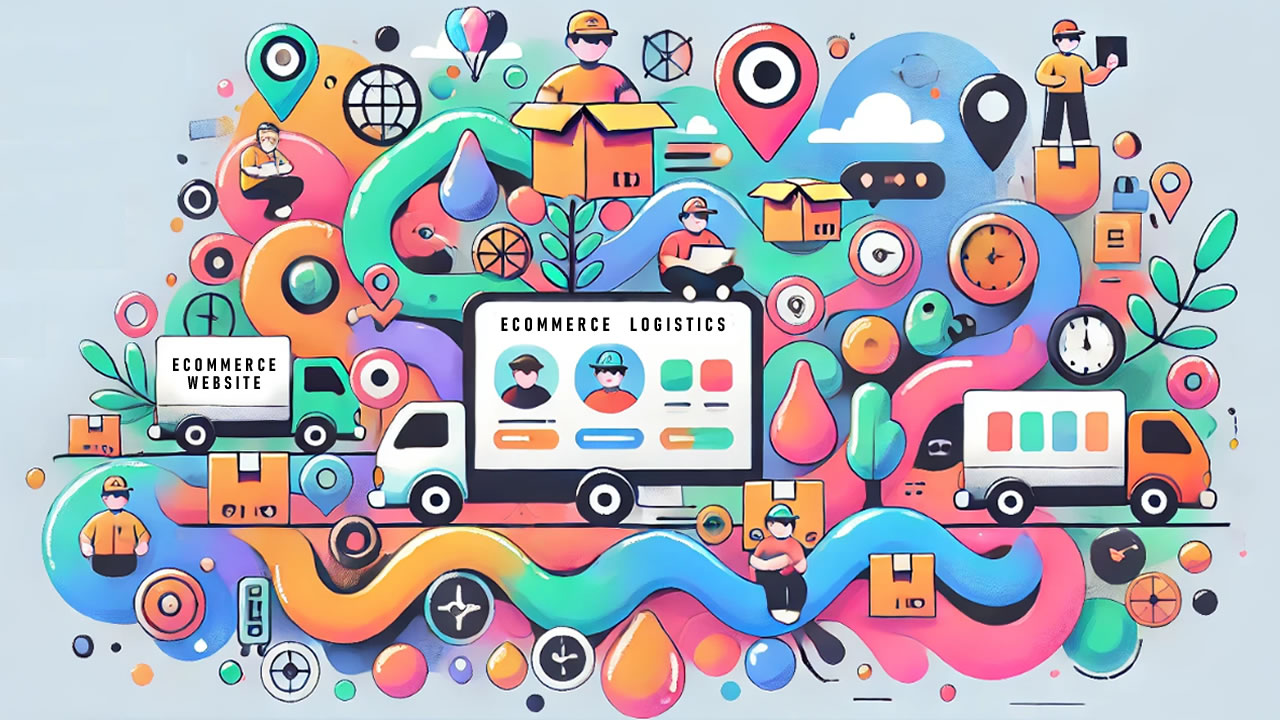
The Most Important Features of an eCommerce Website
A successful eCommerce website needs to do more than just showcase products. It must provide an intuitive user experience, build trust, and make it easy for customers to complete their purchase. Here are the most important features every eCommerce site should include.
User-Friendly Design and Navigation
Simplicity is key when it comes to eCommerce websites. A clean, intuitive design makes it easy for users to find products and navigate the checkout process.
Simple menus: Organize products into clear, logical categories. Avoid overloading users with too many options on the homepage.
Search functionality: Include a prominent search bar that allows users to quickly find what they’re looking for. Advanced search features like filters and sorting options enhance the user experience.
Mobile optimization: A significant portion of online shopping happens on mobile devices. Ensure your site is fully responsive, with a seamless mobile experience. Your website’s page speed is a factor in mobile optimization.
High-Quality Product Images and Descriptions
Online shoppers can’t physically examine products, so your images and descriptions need to do the selling.
Multiple product images: Provide multiple, high-resolution images of your products from different angles. Offer zoom functionality to let customers see finer details.
Videos: Product demo videos or 360-degree views can further boost confidence in a purchase.
Detailed descriptions: Write compelling, informative product descriptions that not only explain what the product is but also highlight its benefits.
Secure Payment Gateway and Checkout Process
Security and ease of use are paramount during the checkout process. The last thing you want is for customers to abandon their carts due to a complicated or suspicious-looking checkout system.
Multiple payment options: Accept a variety of payment methods, including credit cards, PayPal, Apple Pay, and other digital wallets.
SSL certificates: Display trust symbols, such as SSL certificates, to show that your site is secure.
Guest checkout: Allow users to check out without having to create an account. The more streamlined the process, the better.
One-click checkout: If possible, implement a one-click checkout option for returning customers.
Shopping Cart and Wishlist Features
The shopping cart is central to any eCommerce store, so it needs to be functional and visible.
Easy cart access: Make sure users can quickly view their cart from anywhere on the site.
Save for later: Allow users to save items to a wishlist for future purchase. This encourages them to return and complete their purchase later.
Customer Reviews and Ratings
Trust is a crucial factor in online shopping. Customers rely heavily on reviews from other buyers before making a purchase decision.
Product reviews: Display customer reviews and ratings prominently on your product pages.
Encourage reviews: Use automated emails after purchase to encourage customers to leave reviews.
Respond to reviews: Show that you care by responding to both positive and negative feedback.
Search Engine Optimization (SEO)
SEO is critical for driving organic traffic to your eCommerce website. Without proper optimization, your site won’t rank well on search engines like Google, which means fewer customers will find you.
Keyword optimization: Use relevant keywords in your product descriptions, meta tags, and URLs.
Optimized images: Compress images for faster load times and use alt text to help search engines understand what’s in your images.
Blogging: Create a blog where you can share tips, product news, and other relevant content to attract more visitors through organic search.
Fast Load Times
Slow websites are a surefire way to lose potential customers. Every second of delay can lead to higher cart abandonment rates and a lower ranking on search engines.
Optimize images and files: Use compressed images and clean up unnecessary code.
Reliable hosting: Invest in a reliable hosting provider with sufficient bandwidth to handle traffic spikes.
Inventory Management System
Efficient inventory management is essential for keeping your customers happy and ensuring that you’re not overselling products.
Real-time updates: Use an inventory management system that updates stock levels in real-time to avoid overselling.
Back-in-stock notifications: Allow customers to sign up for notifications when out-of-stock items are available again.
Analytics and Reporting Tools
To grow your eCommerce store, you need to understand how your visitors are interacting with your site and which products are selling best.
Google Analytics: Set up Google Analytics to track user behavior, traffic sources, and conversion rates.
eCommerce-specific reports: Use reporting tools that provide detailed insights into sales trends, average order value, and product performance.

How to Make More Money with Your eCommerce Store
Once you’ve set up your eCommerce website, the next step is to maximize its revenue potential. Here are some proven strategies to help you increase sales and profitability.
Upselling and Cross-Selling
One of the most effective ways to increase revenue is by getting customers to spend more during each transaction.
Upselling: Encourage customers to purchase a higher-end version of the product they’re considering. For example, if a customer is looking at a $50 item, you could recommend a premium version for $70.
Cross-selling: Offer complementary products. If a customer is buying a camera, suggest they also purchase a lens or memory card.
Offer Free Shipping
Free shipping is one of the most attractive incentives for online shoppers. According to studies, over 90% of consumers say that free shipping is the top incentive that influences them to make a purchase.
Thresholds for free shipping: Set a minimum purchase amount for free shipping to increase the average order value. For example, offer free shipping on orders over $75.
Include shipping costs in pricing: Alternatively, factor shipping costs into the price of your products and advertise “free shipping” across the board.
Abandoned Cart Recovery
Cart abandonment is a significant issue in eCommerce, with an estimated 70% of online shopping carts being abandoned before the customer completes their purchase.
Automated email reminders: Send abandoned cart emails to remind customers of the items they left behind. Include a call-to-action and possibly a discount to incentivize the purchase.
Exit-intent popups: Use exit-intent popups to offer a discount or free shipping to users who are about to leave the site without completing their purchase.
Subscription Services
Subscription services can create recurring revenue streams and increase customer loyalty. These services work well in a variety of industries, from beauty products to food and beverage.
Subscription boxes: Offer curated boxes of products delivered monthly.
Replenishment services: For consumable products, offer subscription options where customers can sign up for automatic refills at regular intervals.
Create a Loyalty Program
Loyalty programs encourage repeat purchases by rewarding customers for their continued business.
Points system: Create a points-based system where customers earn points for every purchase that can be redeemed for discounts or free products.
Exclusive offers: Provide loyalty members with exclusive offers, early access to sales, or special discounts.
Use Scarcity and Urgency Tactics
Creating a sense of urgency can push customers to complete their purchases faster.
Limited-time offers: Use countdown timers to show how long a sale or promotion is valid.
Low-stock alerts: Display messages like “Only 3 items left in stock” to encourage customers to act quickly.
Personalize the Shopping Experience
Personalization is key to building customer loyalty and increasing conversion rates. Shoppers are more likely to make a purchase when the experience feels tailored to their preferences.
Personalized product recommendations: Use data from past purchases or browsing behavior to suggest relevant products to customers.
Targeted email marketing: Send personalized emails with product recommendations, special discounts, and offers based on a customer’s previous interactions with your store.
Tips for Growing Your eCommerce Store
Growing an eCommerce business requires a mix of marketing strategies, customer retention, and data-driven decisions. Here are some effective ways to scale your store and reach a wider audience.
Leverage Social Media Marketing
Social media platforms like Instagram, Facebook, Pinterest, and TikTok are great tools for building brand awareness and driving traffic to your store.
Influencer partnerships: Collaborate with influencers to promote your products to their followers.
Shoppable posts: Use Instagram Shopping and Facebook Shops to allow users to buy directly from social media posts.
User-generated content: Encourage customers to share photos of your products on social media, and feature them on your site or social channels.
Invest in Paid Advertising
While organic traffic is important, paid advertising can help you reach a larger audience more quickly.
Google Ads: Bid on relevant keywords so your products show up at the top of search results when users are looking for similar products.
Facebook and Instagram Ads: Use targeted ads to reach specific demographics, such as users who have visited your website or added items to their cart without completing the purchase.
Retargeting ads: Set up retargeting ads to show relevant ads to users who have previously visited your website but didn’t convert.
Expand to Marketplaces
In addition to selling on your own website, consider expanding to online marketplaces like Amazon, eBay, and Etsy.
Increase brand visibility: These platforms have built-in audiences that can help you gain more exposure.
Boost sales: Selling on multiple platforms allows you to diversify your revenue streams and reach customers who may not have found your site directly.
Offer Excellent Customer Service
Providing top-notch customer service is one of the most effective ways to build a loyal customer base.
Live chat: Offer real-time customer support through live chat to assist with any questions or concerns.
Easy returns: Make the returns process simple and hassle-free to build trust with your customers.
Proactive support: Use chatbots or automated messages to offer help at key moments, such as when a customer is viewing their cart or checking out.
Email Marketing
Email marketing is one of the most effective channels for driving repeat business and nurturing customer relationships.
Segmentation: Segment your email list based on customer behavior and preferences to deliver targeted messages.
Automation: Set up automated email workflows for new subscribers, cart abandonments, and post-purchase follow-ups.
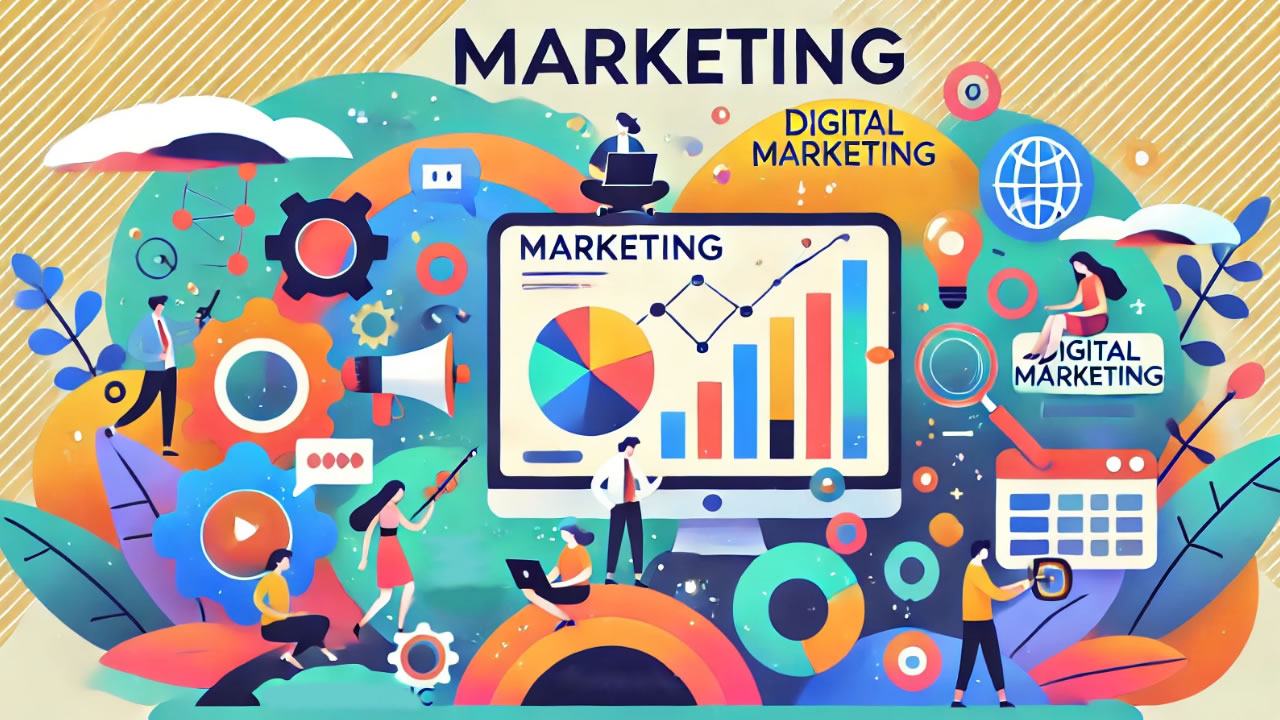
Set Up Your eCommerce Store For Success
Building a successful eCommerce store is about more than just listing products online. From user-friendly design and robust SEO to advanced marketing strategies like paid advertising and personalization, there are countless ways to optimize your store for growth and increased revenue. By focusing on the features and strategies outlined in this guide, you’ll be well on your way to creating a thriving online business.
At NeoChromatic, we specialize in helping businesses build and grow their eCommerce stores with tailored web design and marketing solutions. If you’re ready to take your eCommerce business to the next level, contact us today to learn how we can help!
Let Us Build Your eCommerce Website
Schedule A CallRead more about eCommerce
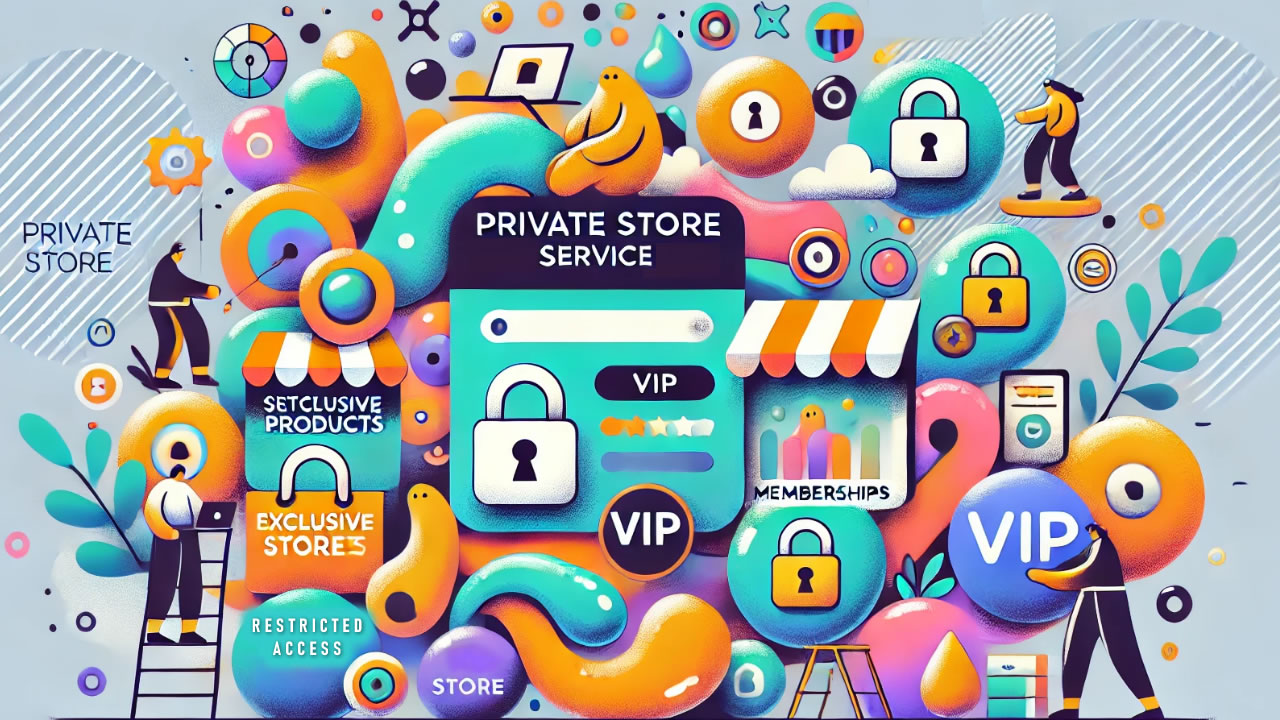
WooCommerce vs Shopify: What’s The Best Online Store For Me?
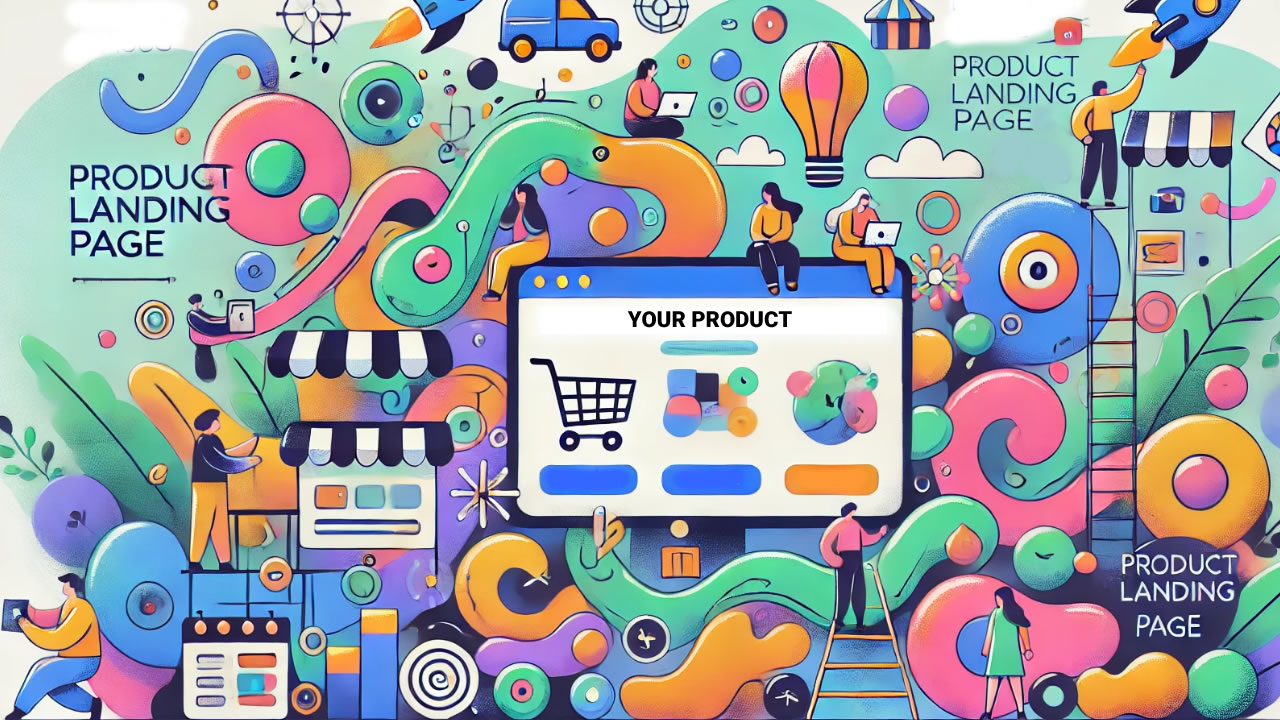
eCommerce Marketing: Proven Strategies to Increase Sales
